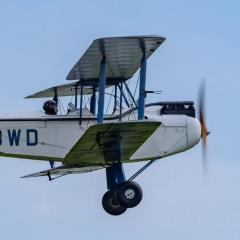Pocket Watch plate alignment
-
Recently Browsing
- No registered users viewing this page.
-
Topics
-
Posts
-
Mike, you have summed it up following the KISS principle. Tom
-
I think this is pretty typical when you have something that crosses many regional and international borders. @Neverenoughwatches yes Rich, that is the common way, learning from our teachers, however terms used in Yorkshire could easily be a lot different for tools, techniques or methods different from Scotland or Somerset. My (long winded) point is it all depends on where you first picked up the terms, if from books American watch terminology differs from English terminology and to a degree Swiss terminology. That also seems to extend to watchmaking schools. Confusing at first starting out but like anything else you get used to it. This will be why our long term members attach a glossary to new users introducing themselves as beginning their journey. Tom
-
Personally I would just replace like for like.Or just polish the old crystal and refit.
-
I've also heard it called the "top side" and the dial side the "bottom side", which should make any non-repairer very confused. There are many examples and sometimes it comes down to personal preference. Personally, I like to say "dial train" whereas most other people would use the term "motion works".
-
Is magnetism such a major problem that we (as home hobbyists) need to spend $$$ on a fancy demagnetiser? I use one of the cheap blue Chinese demagnetisers (£10 from ebay). It works, and has never failed to demagnetise a movement, or my screwdrivers. Magnetometer - who needs one? Take a very small screw. If it sticks to the clean part, it is magnetised 🤣
-









Recommended Posts
Join the conversation
You can post now and register later. If you have an account, sign in now to post with your account.
Note: Your post will require moderator approval before it will be visible.